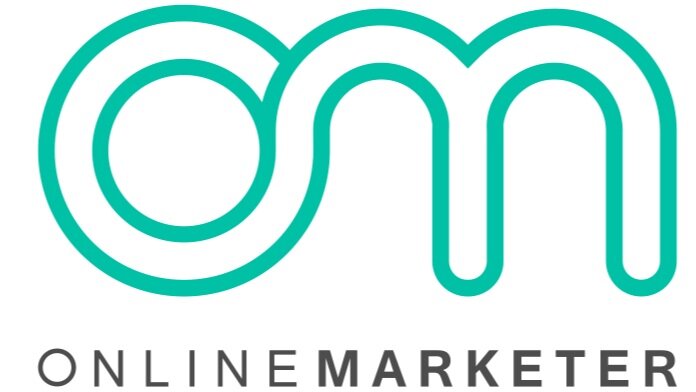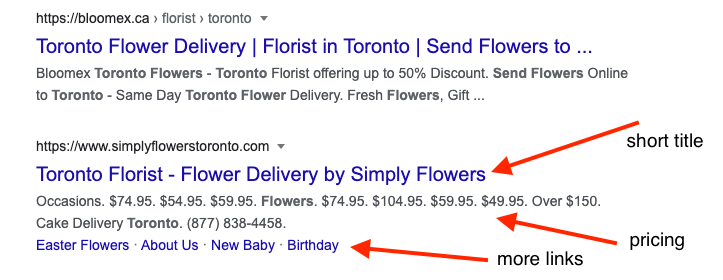How to Measure Content Marketing Performance
When asked - “Is your content marketing working?” would you have an immediate answer? Is it supporting your main business goals? In this post, we go through the metrics that will help you understand if you are on the right track.
Here are the KPIs you will need to look into to measure the effectiveness of your content marketing.
Basic KPIs
One of the important metrics to look into is your organic traffic. Your organic traffic comes from people being directed to your website, typically through a search engine like Google. If your main content marketing efforts are on specific sections of your website (i.e. resources, blog, etc.) you can filter your organic traffic measurement based on those secondary dimensions. Other organic traffic can come from social media, blog posts’ links and other non-paid sources. Looking at your organic traffic can help you figure out what you can do better, such as:
Improving your SEO to have a more competitive ranking
Finding content pieces that don’t perform and need some optimizations
Identifying particular sections of the website that perform well and analyze to understand what is the reason. This will help to apply the same tactics to other sections/pages.
Organic traffic builds trust with users, especially when you’re able to provide them with the correct solution, so it’s crucial to think about this method and evaluate it periodically.
Another way to see your success rate is to look at your goal completions. Whether this means having a visitor fill out a form, generate leads or buy a product or service, you want to know how many people are fulfilling this task vs not completing it. Also known as conversion rates, these are very informative measures of how successful your content marketing is.
The easiest way to track your goal completions is through Google Analytics. This will help you to measure it against the organic traffic your website generates and find out what’s your conversion rate. Conversion rate is particularly important as learning about it and comparing it with industry benchmarks will help you to set specific goals to improve it.
Conversion Rate = Goal Completions / Traffic
Taking a look at your email subscribers is one of the most straightforward ways of seeing how many people are engaging with your content and brand. People only subscribe if they think your content is valuable, trustworthy and easy to consume. This category of measurement can help show directly how many consumers you’ve already captured.
Finally, the last set of numbers to consider is your social media engagement. This is measured through the Likes, Tweets, Shares, Comments and DMs (direct messages) you get through the platforms that you use to interact with your target market. You can see what people respond well to, what they ignore and what they dislike, and then tailor your content strategy toward that. Unlike other channels, social media provides immediate feedback which can help quickly adjust your content strategy accordingly.
A good example is using two different headlines for an article to check which one is more compelling for your reader and then using the winner as your content piece’s main headline.
Dive Deeper: Advanced KPIs
Tracking Content Engagement
You’ll want to see how well your website is doing by taking a look at how users interact with your website. This includes how long a user spends on a page, and clicks to view other pages to learn more about your brand--they are spending time and showing interest in your website, which is a valuable tool toward conversion.
Scroll depth is another tracking mechanism to see how much of your content a potential consumer is engaging with. This is important especially if you have articles and blogs, because it will let you know how much of your content the average user is consuming. If they land on one of your pages but don’t scroll very far, it’s a good indicator that your content isn’t matching what they’re looking for.
Bounce rate measures the users that land on your page, don’t stay long to browse, and then leave. This captures a section of your market that does not want to engage with your website or brand, and they’ve made that decision within seconds of viewing your landing page. This might mean taking a look at your design and layout, or seeing how long a page takes to load, as slower loading pages mean a user might leave rather than wait. An ideal bounce rate is under 70%-80%, so higher than that means you’ll want to take a look at improving your website. Keep in mind, if the bounce rate is too low there is a high chance that there is something wrong with your analytics. As content marketing is a channel that generates mostly new visitors through organic sources having a 70% - 90% bounce rate is normal.
Here are the metrics you need to track for content engagement:
Average session duration - helps to understand how long users stay on average.
Page per session - Helps to understand the number of pages users visit during one session. For example, if your number is 1.4 it means users visit that many pages on average.
Scroll depth - this will typically show 25%, 50%, 75%, and 100% of the page depth.
Bounce rate - shows the % of users that left from the same page they visited without taking any action or visiting another page. It is directly connected to the page per session metrics.
Return on Investment (ROI)
Your return on investment is an important component to keep track of, and continuously evaluate. You want a useful marketing campaign that costs less than it brings in. It may seem simple, but it’s hard to estimate what that will look like until it’s already over and you’re calculating either a loss or gain.
Looking at your ROI can help you budget for a campaign, but it can be hard to evaluate what profits are a direct result of your campaign, so it might be a wise idea to run an initial solo campaign and then measure the profits from it. A good rate is around 5:1, being that for every $1 spent on marketing, $5 is made. An exceptional campaign could have a return around 10:1, and those are worth striving for, but these are extraordinary circumstances to produce such results.
For content marketing, measuring ROI can be difficult. Readers usually don’t take immediate actions right after consuming your content. They browse the website, leave and come back multiple times or interact with your external content before converting. This creates a lot of complications that can be solved with a good attribution tool.
Making the ROI the main KPI can make things complicated because of measurement difficulties. Instead of dollar amount your return may be brand awareness here.
Search Impressions and Clicks
Constantly creating and piblishing content helps to increase the chances of better exposure on search engines. More exposure means more search impressions (number of users that have seen your search engine results on Google, Bing, ec.) abd clicks.
These two metrics can be tracked via Google Search Console. Growing search impressions means better exposure on Google and/or increased brand awareness. If you want to dive deeper you can filter out branded keywords (name of your company/product) and see how many people search the related keywords vs your brand name.
The increase in number of search clicks usually happen when your website has increase in search impressions. However, you can influence the clicks by improving your SERPs, including titles, descriptions, deeplinks, etc. Such improvements will help to increase the click-through-rate (CTR) resulting in more clicks with similar search volume.
Take a look at the image below. These are two SERPs competing with each other. One of them has just a title and a description with the title cutting off at the end. The other one has nice short title, pricing information in the description, and more links at the bottom. The second one will have better CTR while competing with other SERPs on the first page.
Why is it important to measure content marketing efforts?
Measuring your website’s performance is not only important to prove out the strategy and tactics you used but also to be able to continuously improve the content marketing performance. Each metrics we talked about in this post will help to make marginal improvements in your funnel which will result in a compound impact and eventually higher brand awareness and revenue.


